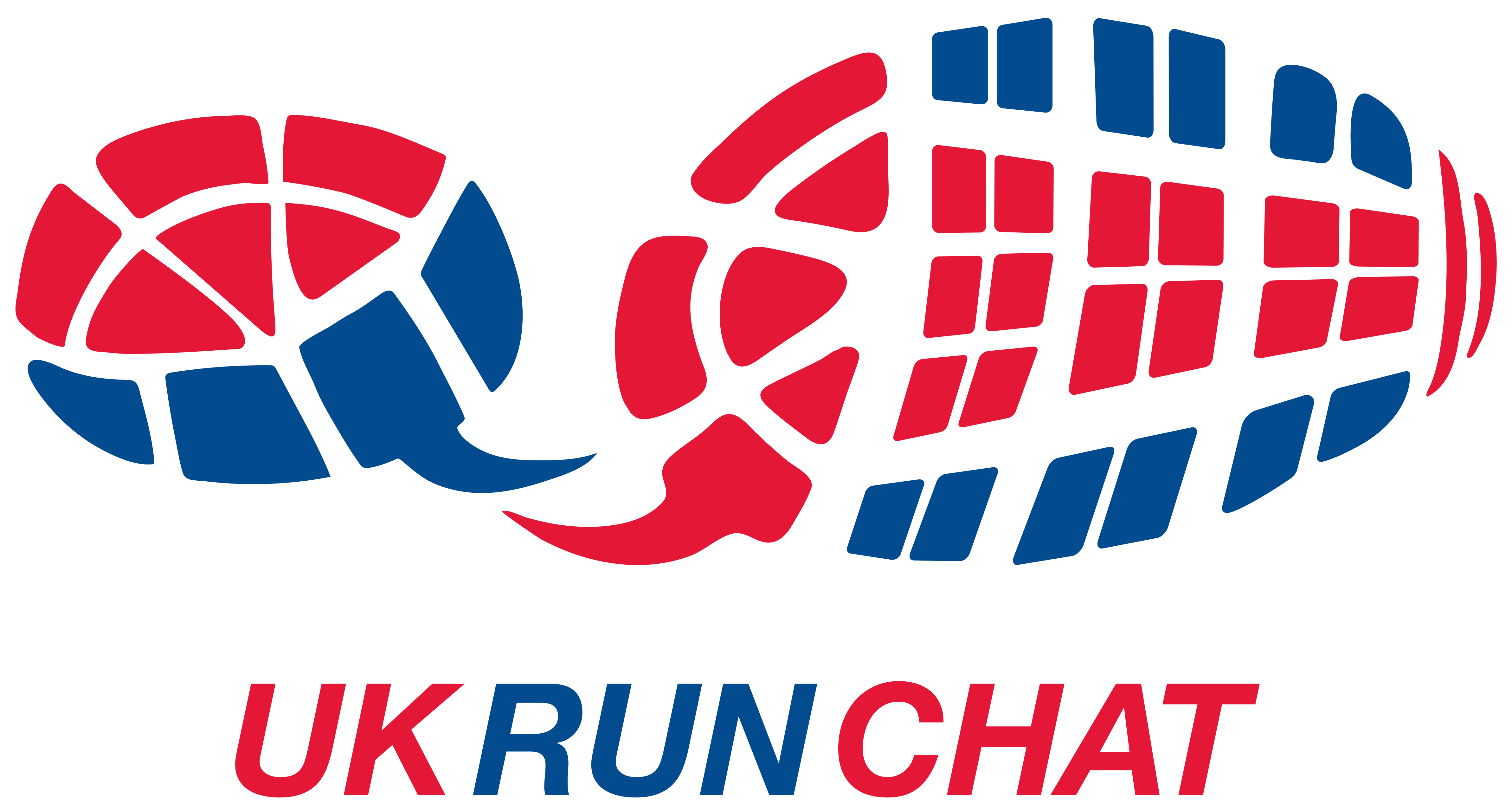In our recent UKRunChat podcast interview with Sports Dietitian Renee McGregor, one topic stood out for many of our listeners: how harmful it can be to restrict calories or “diet” while training for a big running goal. Renee drew on her extensive clinical and sports-nutrition experience to explain why chasing weight loss and performance simultaneously often leads to injury, under-performance, or longer-term health consequences. Below, we explore the key points she shared—plus some practical tips on fuelling well when you’re working toward your next race.
Understanding the Pull of Weight Loss
When we see lean, fast elite runners on social media—or watch how some influencers seem to be dieting and racing at the same time—it’s easy to believe we should all cut back on food to run better or faster. But as Renee highlights, elite athletes are outliers; they’re genetically primed for high-level performance, often have professional guidance, and don’t always share the whole picture about their fuelling strategies.
If you’re a recreational or club runner, your main goal should be long-term consistency, not a quick-fix scale number. By depriving your body of the energy it needs, you risk constant fatigue, slower recovery, and more frequent injuries.
What Happens When We Under-Fuel?
Renee introduced the concept of Relative Energy Deficiency in Sport (RED-S)—a condition where athletes aren’t taking in enough overall energy to keep all bodily functions in good working order. While RED-S can develop intentionally (due to strict dieting) or unintentionally (simply not realizing how much fuel your body needs), the outcome is the same: your system begins to shut down non-essential processes to preserve basic life functions.
Signs of RED-S can include:
- Frequent injuries or illness (like stress fractures or tendon problems)
- Hormonal disruptions (irregular menstrual cycles for women; low testosterone and reduced morning erectile function for men)
- Chronic fatigue, mood changes, and poor sleep
- Reduced performance and lack of training adaptations
Fuelling for Adaptation
Renee emphasises that running isn’t the only reason you need fuel; you also need energy to adapt to your training. Every time you run, you create stress on the muscles, joints, and nervous system. Proper nutrition—especially adequate carbohydrates—feeds the rebuilding phase that makes you stronger and faster.
– Carbohydrates: Complex carbohydrates such as pasta, rice, couscous, bread, and potatoes supply the glycogen your muscles rely on. Renee points out that vegetables alone (like carrots or broccoli) won’t deliver sufficient energy for endurance training, because much of that fibre is indigestible and doesn’t fully convert to usable fuel.
– Protein: Essential for repairing muscle damage and aiding recovery. Renee suggests aiming for consistent protein intake throughout the day—especially when training load is high. In ultra or multi-hour events, she also recommends a small protein boost every few hours to support your muscles over the long haul.
The Big Myth: Lighter = Faster
Yes, you might see a marginal drop on the scale if you drastically cut your intake—but at what cost? Renee highlights that maintaining a smaller frame than your body wants is stressful for the central nervous system. Over time, this constant stress can lead to chronic injury, hormonal issues, or psychological burnout.
Instead, focus on what your body can do, rather than what it looks like:
Renee said “If you eat well, stay hydrated, and allow proper recovery, your body ends up where it genetically needs to be—strong, resilient, and better able to handle training.”
Steps to Healthy Fuelling
Assess Your Plate: Build meals around dense carbohydrate sources (e.g., pasta, rice, or bread) and include protein in each meal. Fruit and veg are important for vitamins and minerals, but they shouldn’t be your main energy source.
Practice Carbohydrate Timing: For longer races (like half marathons or marathons), consider increasing carbohydrate intake from 36–72 hours before race day. Focus on familiar foods to avoid GI distress.
Stay Hydrated and Use Electrolytes: Proper hydration helps your body store glycogen and maintain blood volume, especially in the lead-up to race day.
Have a Race Fuel Strategy: During a long run or race, you’ll likely need 30–60 grams of carbs per hour (sometimes up to 90g/hour for ultras). Use gels, sports drinks, or easy-to-digest snacks—and test them in training.
Seek Help for Persistent Under-Fuelling: If you suspect your fatigue, injuries, or irregular cycle might point to RED-S, speak with a qualified dietitian or medical professional. Early intervention prevents more serious problems down the line.
A Final Word from Renee
Renee’s overarching message is one of balance, awareness, and self-compassion. Sometimes, the “noise” of social media and influencer culture can push us to strive for an unrealistic physical ideal that doesn’t match our genetic makeup or personal circumstances. But restricting calories while training hard rarely leads to a successful, joyful running experience—and can leave you more vulnerable to injury.
“Our bodies are incredible at adapting when we give them enough energy, rest, and respect. Don’t let the pressure to be lighter overshadow your real goal: crossing that finish line feeling strong and proud.”
Want to Learn More?
Renee’s Latest Book: Fuel for Thought – a practical guide to nutrition, running, and building a healthier relationship with food and movement.
Find Renee on Instagram
If you found these insights helpful, be sure to check out the full UKRunChat interview with Renee McGregor, where we also covered fuelling during ultras, tips on managing IBS, and the importance of listening to your body when training for endurance events. Remember, fuel well, run strong, and look after yourself first.






